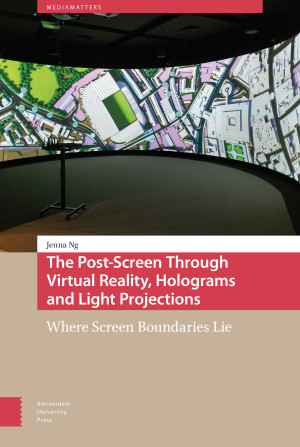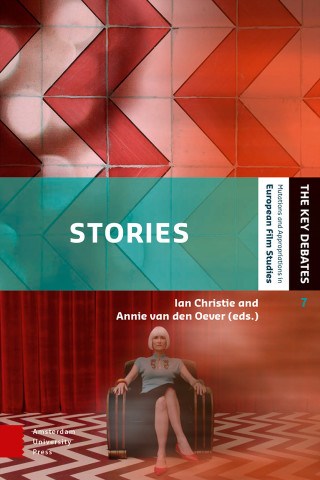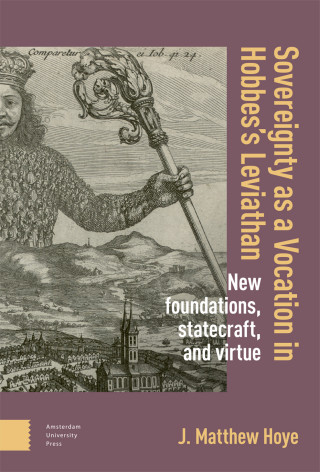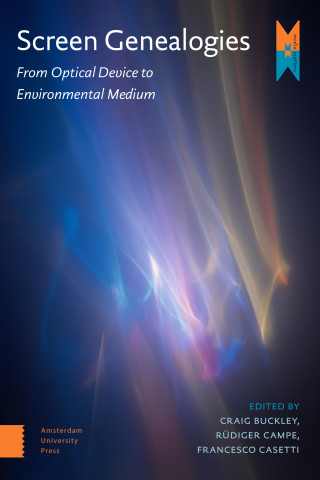Acknowledgements
Introduction
Post-Screen Media: Meshing the Chain Mail
Eroding Boundaries in the Contemporary Mediascape
Why Boundaries Matter
Chapter Outlines
The Post-what?
1 Screen Boundaries as Movement
Re-placing the Screen: Play and Display, Appearance and Dis-Appearance
Screen Boundaries: Physical and Virtual, and of the Movement Betwixt
Metaphors for the Screen
Crossing Screen Boundaries: Love, Pleasure, Information, Transformation
Interactivity and the Moveable Window
Screen Boundaries Across Dimensions
2 Leaking at the Edges
Protections and Partitions
Rupturing Screen Boundaries
Interplay between Fictional and Factual Threat
Leaking at the Edges: The Merging of the Amalgamated Real
Virtual Co-location in Real-time… and in the Era of Covid-19
The Screen Boundary Against the Algorithm
Screen Boundaries in Flux
3 Virtual Reality: Confinement and Engulfment; Replacement and Re-placement
"Multitudes of Amys"
On Immersion (Briefly)
The Affective Surround: The Two Vectors of Immersion
The Post-Screen Through VR (1): Confinement and Engulfment
The Post-Screen Through VR (2): Replacement and Re-placement
The Danger Paradox
VR as Immersion: Travel, Escape, Fulfilment
VR as Inversion: Witness, Empathy, Subjectivity
Defeated by the Ghosts
4 Holograms/Holographic Projections : Ghosts Amongst the Living; Ghosts of the Living
How We See Ghosts, or, In Love with the Post-Screen
Ghosts in the Media: Re-inventing the Afterlife
The Post-Screen Through Holograms/Holographic Projections
Holographic Projections (1): Ghosts Amongst the Living – Limbo Between Deadness and Aliveness
Holographic Projections (2): Ghosts of the Living – Vivification of the Virtual Real
A Funny Thing Happened on the Way to Substitution
4A (Remix) True Holograms: A Different Kind of Screen; A Different Kind of Ghost
Screens and Ghosts, or, the Window and the Guy in the Basement
True Holograms
A Different Kind of Screen: Brains, Nerves, Thought
A Different Kind of Ghost: "A Memory, A Daydream, A Secret," or, Digital Apparitions
5 Light Projections: On the Matter of Light and the Lightness of Matter
The City Rises
The Light Rises, or, Light as the Matter of Light
Cities of Screens
Light Projections (1): Light that Dissolves and Constructs… and of Latency
Light Projections (2): Walls that Fall Apart… and Re-Form
Light Projections (3): Particles that Gain a Body… and Transform
Projection Mapping (1): The Image that Devours Structure; the Voracity that is a Media History
Projection Mapping (2): The Exterior that Reveals; the Permanence that Fades
The Ground Beneath Our Feet
Conclusion/Coda
Postscripts to the Post-Screen: The Holiday and the Global Pandemic
Twin Obsessions (1): Difference
Twin Obsessions (2): The Gluttony
The Post-Screen in the Time of Covid-19
Index





